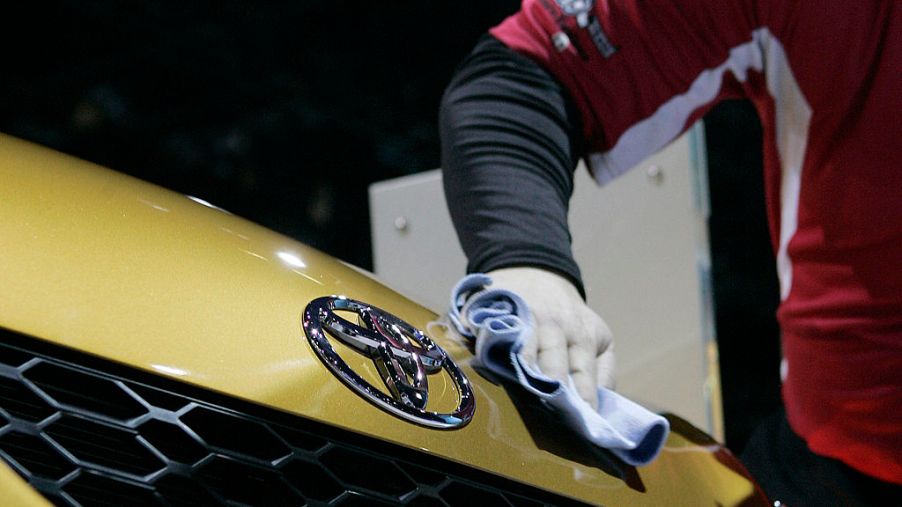
Why the Toyota Matrix Kicked the Bucket
Toyota makes some of the most popular cars on the road, but Toyota, like other automakers, hasn’t been flawless. Toyota has made mistakes in the past, but sometimes, Toyota’s mistake is avoiding making mistakes at all. Here’s a look at the Toyota Matrix, a hatchback that was based on the Corolla.
What was new with the Toyota Matrix
The Matrix’s official name was actually the Toyota Corolla Matrix, and this naming scheme gives away the fact that the Matrix is very similar to the Corolla in many ways. But Toyota wouldn’t create a new car just to sell the Corolla all over again. The Matrix’s biggest change was the fact that it was a hatchback, and this gave it an SUV-like cargo capacity.
Between its two generations, the Matrix had about 50 cubic feet of cargo room on average. This is significantly more than the roughly 16 cu. ft. of trunk space that a Corolla will have. Similarly, the Matrix’s interior was roomier and more spacious than the Corolla’s. That said, while this extra space meant extra size, that didn’t mean a bigger engine. The Matrix had the same engine options as the Corolla did.
Other than those differences, most of the other changes are smaller, according to Road and Track. For example, unlike other cars, the Matrix’s rear seats can fold completely flat due to Toyota’s clever design. This lack of new features was potentially what ultimately sank the Matrix.
Why the Toyota Matrix never caught on
The Toyota Matrix was first introduced in 2003, and although it had a decade-long run, it never really found a home for itself compared to the other cars that Toyota offered. As The Globe and Mail wrote, despite having an affordable price tag of about $20,000, the Matrix didn’t really do anything too different from what the Corolla was doing in the first place. Plus, if spaciousness was what customers were looking for, then Toyota offered real SUVs.
Plus, Toyota didn’t improve the standard engine on the Matrix despite making it a bigger car than the Corolla. This meant that compared to other hatchbacks, the Matrix was simply underpowered. While that may not matter to some customers, it’s a symptom of the Matrix’s issue of having no real identity. Toyota simply didn’t take many risks with the Matrix to try and give customers something new.
The Globe and Mail summed it up best, “The Matrix is as unremarkable as it is reliable, as unsophisticated as it is, well, efficient.” Unsurprisingly, Toyota executives in 2013 weren’t too in love with the Matrix either. Toyota’s Bill Fay said, “If we don’t have the Matrix, it won’t be the end of the world,” according to The Globe and Mail.
Why the Toyota Matrix died off
Toyota is a business, so when a car doesn’t sell well anymore, it makes no sense for Toyota to keep it around. That’s what happened with the Matrix. People simply didn’t buy many of them, so in 2014, Toyota stopped making any of them.
That said, this was probably good timing on Toyota’s part, as small car sales, including hatchback sales, have been on the decline as of late. Families seem to be more willing to make the leap from buying a small and spacious car, like the Matrix, to buying a larger and even more spacious SUV instead.
It’s not clear how big of a drop in sales that Toyota saw happen to the Matrix, but as Fay said, it wasn’t the end of the world now for the Matrix to disappear. But, that doesn’t mean that Toyota has given up on hatchbacks. In fact, the new 2020 Toyota Corolla has a hatchback option.



